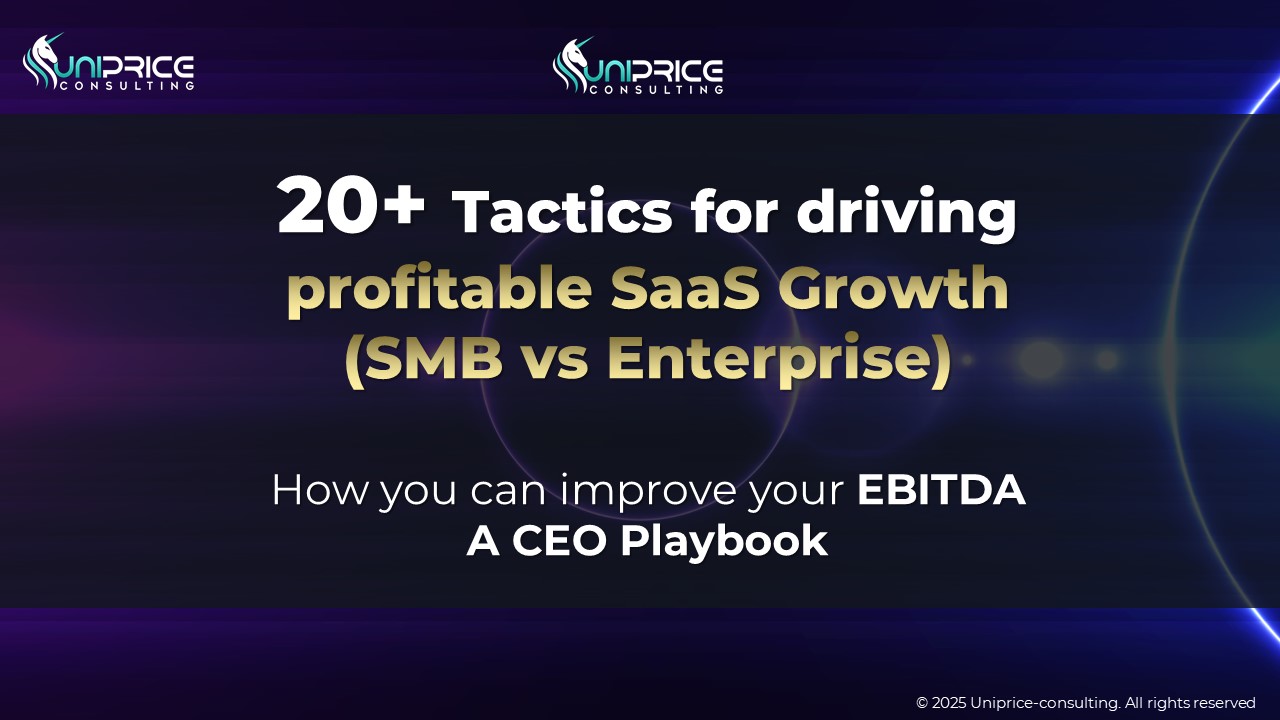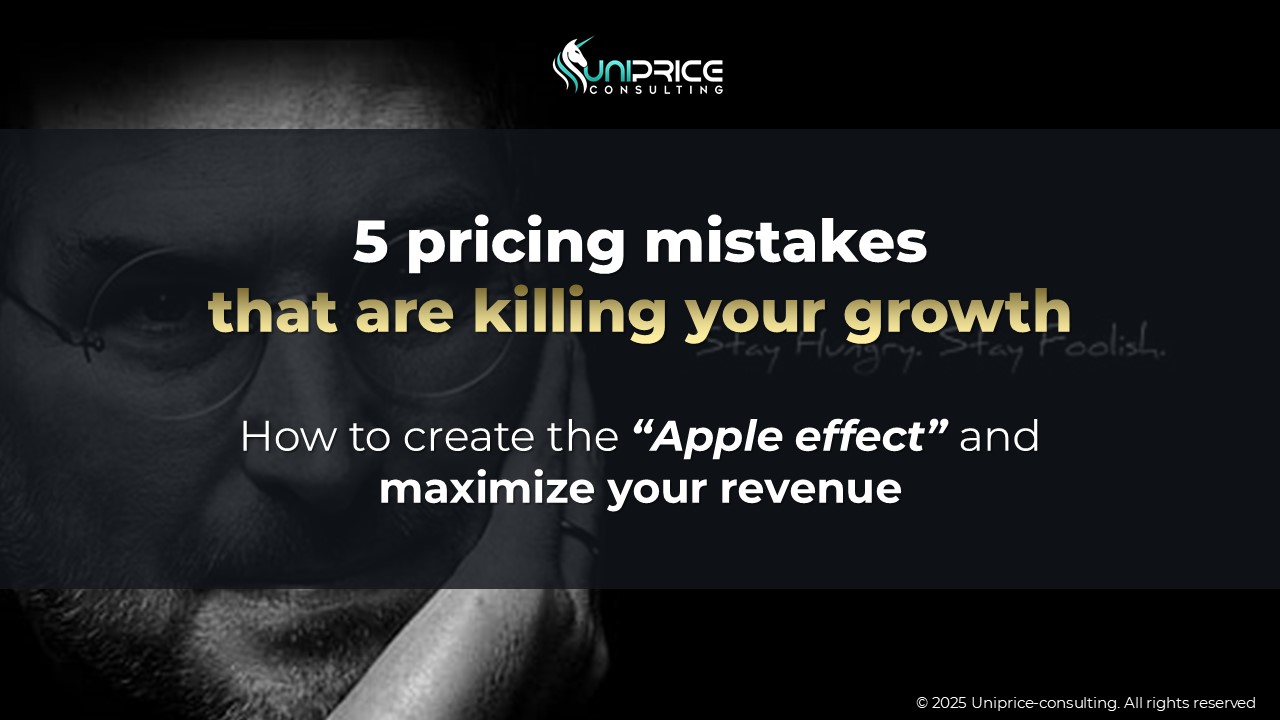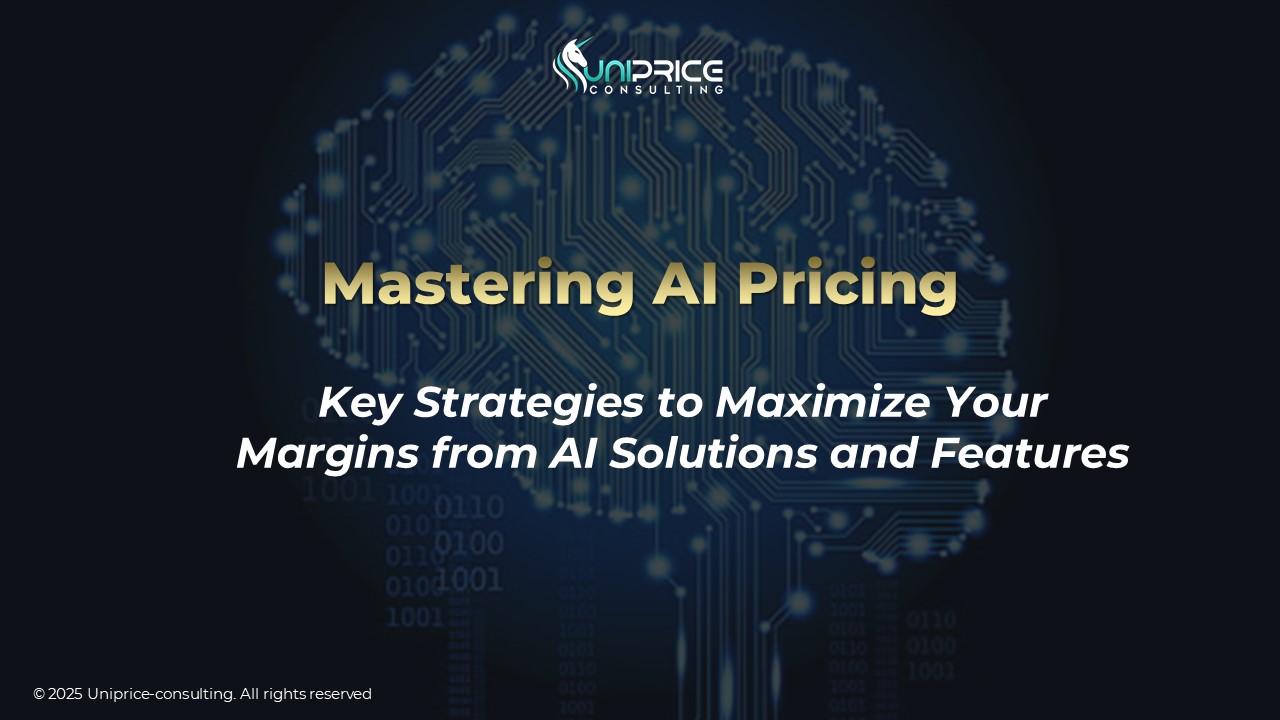AI is transforming the software industry, but its monetization comes with unique hurdles. While traditional SaaS products often boast gross margins of 80-90%, AI-powered features and solutions typically fall between 25-55%, raising critical questions about profitability. Why such a stark difference?
The answer lies in the inherent complexity of AI: volatile costs, unpredictable customer usage, and the challenge of demonstrating ROI all create barriers to higher margins. To succeed in this dynamic market, businesses need a thoughtful pricing and packaging strategy that accounts for these unique characteristics.
Here’s an in-depth look at the challenges AI companies face and how they can design effective monetization strategies.
Why AI Pricing Is Uniquely Challenging
Unlike traditional software models, AI products present specific difficulties.
1. Dynamic Operational Costs
AI solutions incur fluctuating costs, such as GPU usage, data curation, and model training. These expenses often rise as adoption grows, making it hard to stabilize pricing.
2. Unpredictable Customer Usage
Customers are still figuring out how to integrate AI features into their workflows, resulting in erratic usage patterns. A tool used sporadically today might become mission-critical tomorrow, with a direct impact on cost structures.
3. Unclear ROI
Many companies hesitate to invest in AI solutions without concrete evidence of their return on investment. How much money will it save or generate? This uncertainty slows adoption and makes pricing decisions more complex.
4. Fraud Risks
Usage-based pricing can be exploited, for example, by bots that inflate usage metrics, adding a technical layer of complexity to protect revenue.
The Three Pillars of a Strong AI Pricing Strategy
A. Choose the Right Pricing Model
AI companies need to tailor their pricing models to the unique demands of their products and customer segments. Common models include:
- Subscription-Based: Per user or seat pricing, ideal for predictable, recurring usage.
- Usage-Based: Pay-as-you-go pricing, such as per API call or per GPU hour. Suitable for scalable services where costs correlate with usage.
- Outcome-Based: Pricing tied to the impact on specific metrics, such as revenue generated, cost savings, or NPS improvement.
- Solution Bundles: Enterprise-focused pricing for highly customized offerings, such as on-premise deployments or dedicated support services.
Many AI companies are adopting hybrid models, combining subscription, usage, and service bundles. Smaller clients may prefer straightforward subscription plans, while larger enterprises often require tailored solutions.
B. Focus on the Customer’s Perspective
Pricing should align with customer priorities:
- Fixed Costs vs. ROI: Large enterprises often seek predictability in costs, while smaller businesses prioritize measurable ROI.
- Support vs. Full Automation: Enterprises typically value robust implementation and support, which can justify premium pricing.
C. Iterate Constantly
Given the rapidly changing AI landscape, pricing strategies must be flexible. Companies need the tools and processes to test, refine, and adjust pricing models as market dynamics shift.
Case Studies: Effective AI Pricing in Action
1. Tailoring to the Audience
A startup targeting freelancers and small teams might use a usage-based pricing model with low entry points. For enterprises, a package offering unlimited use and hands-on support would be more attractive.
2. Monetizing ROI
AI solutions automating high-value tasks, such as customer support, can justify pricing based on ROI. For instance, if an AI tool saves a company the equivalent of 500 employees’ work, it can price its solution in proportion to the savings.
3. Ensuring Predictability
Large enterprises prioritize reliability in pricing. Offering fixed-cost packages with unlimited usage or tailored service bundles ensures predictability, fostering trust and encouraging adoption.
Mistakes to Avoid in AI Pricing
A. One-Size-Fits-All Models
Usage-based pricing may appeal to small teams but can deter enterprises, which prefer predictable expenses.
B. Ignoring the Competition
If competitors provide generous freemium or trial offerings, a limited or rigid pricing structure could undermine your product’s appeal.
C. Failing to Reduce Costs
Operational efficiencies, such as optimizing GPU usage, can lower expenses, allowing for competitive pricing while maintaining margins.
Turning Pricing into a Competitive Advantage
A successful pricing and packaging strategy is more than just a financial exercise—it reflects a company’s vision, positioning, and long-term strategy.
To succeed, AI businesses must:
- Align pricing with perceived value and customer priorities.
- Continuously evolve pricing models based on feedback and market trends.
- Ensure consistency between pricing, product strategy, and go-to-market efforts.
AI is revolutionizing the tech industry, but its monetization demands a new playbook. By embracing hybrid pricing models, aligning with customer needs, and iterating relentlessly, AI companies can overcome margin challenges and unlock sustainable growth.
Lyas Driad
CEO








